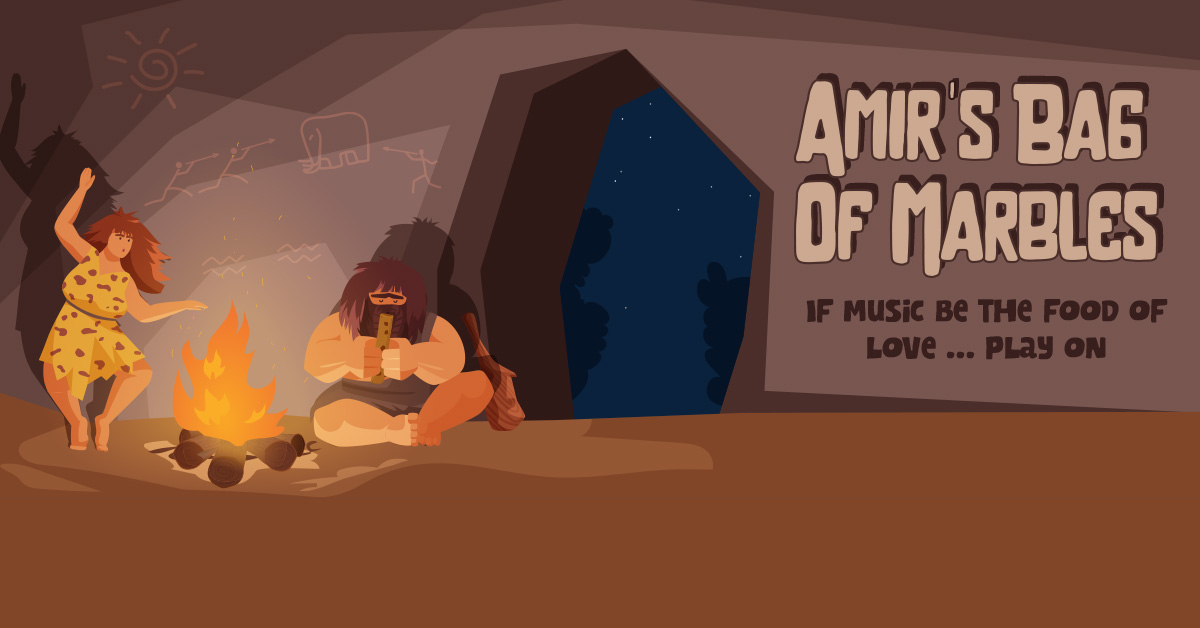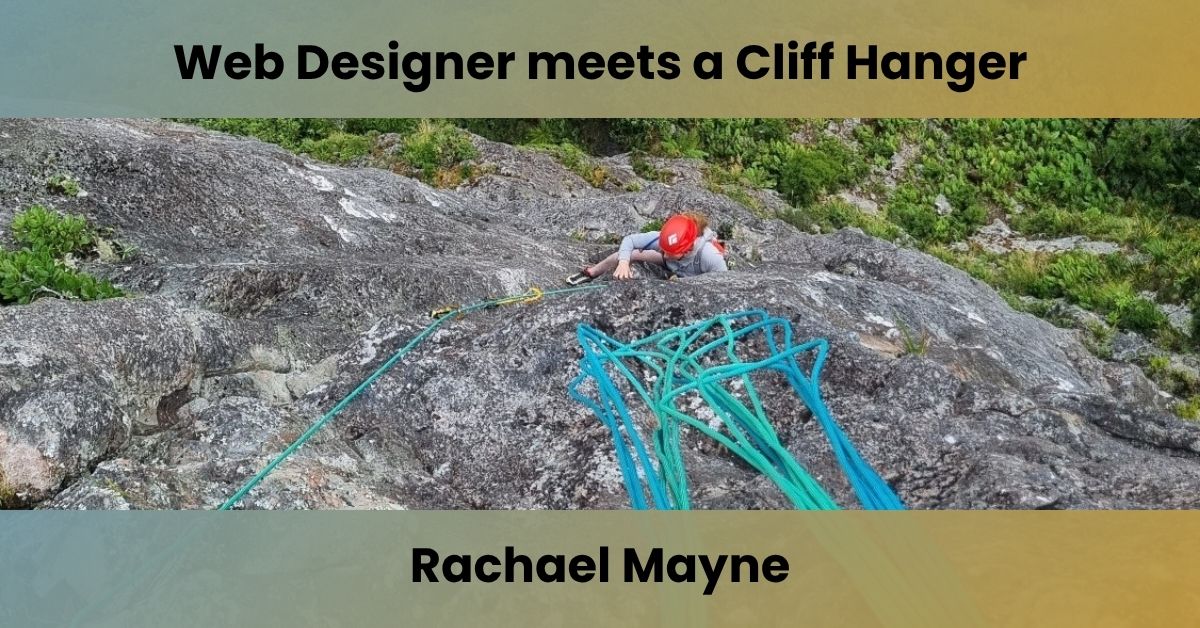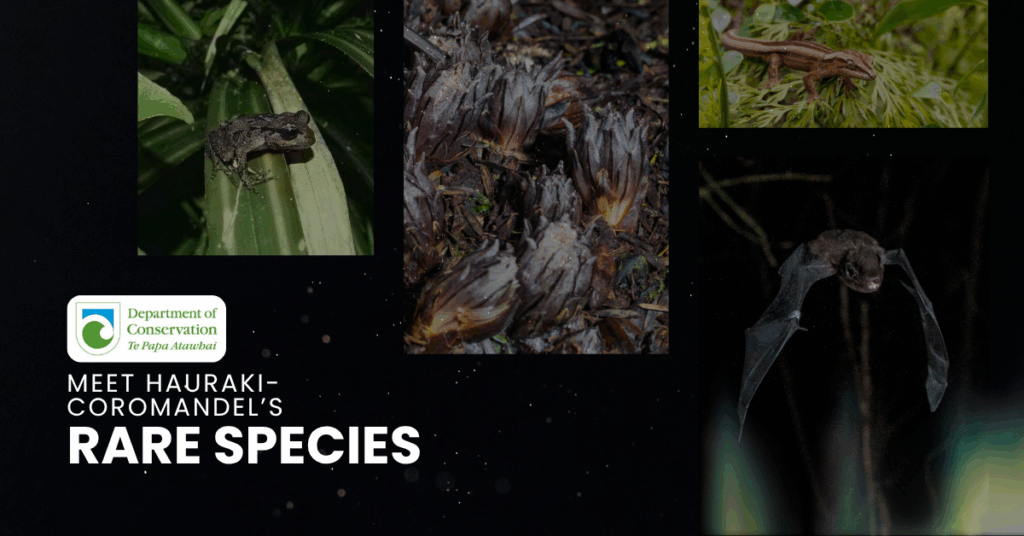
And How You Can Protect Them
For more than 80 million years, New Zealand’s native species evolved without mammalian predators. Now, more than 4,000 of Aotearoa’s native species are threatened or at risk of extinction. They face threats from possums, rats, stoats, other introduced predators, and habitat loss. In areas where these predators have been eradicated, nature heals, allowing native wildlife to return and recover. This is evident in many of our predator-free offshore islands, and in predator-free sanctuaries on the mainland. Meet some of the rare native species found in Hauraki-Coromandel.

Archey’s frog / Kurī peke
Found: Damp forest in Coromandel, Whareorino and Pureora
Status: At Risk – Declining
Archey’s frogs are living fossils, unchanged for 150 million years. Growing up to 37mm, they are New Zealand’s smallest native frogs and can camouflage well.
They cannot croak and communicate by scent. Their eggs hatch into fully-formed frogs, skipping the tadpole stage. Preyed on by rats, mice, pigs, stoats, possums, and cats.
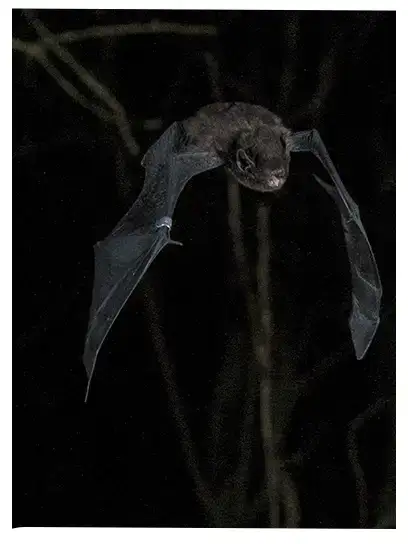
Long-tailed bat / Pekapeka
Found: Throughout the mainland, including Hauraki, and offshore islands
Status: Threatened – Nationally critical
The long-tailed bat/pekapeka is one of only two surviving species of native bat – and Aotearoa’s only native land mammal.
They are very small, about the length of your thumb, weighing only 8–11g, and can fly at 60km/hr. They eat insects, nectar and pollen. Preyed on by rats, stoats, possums, cats and impacted by habitat loss.
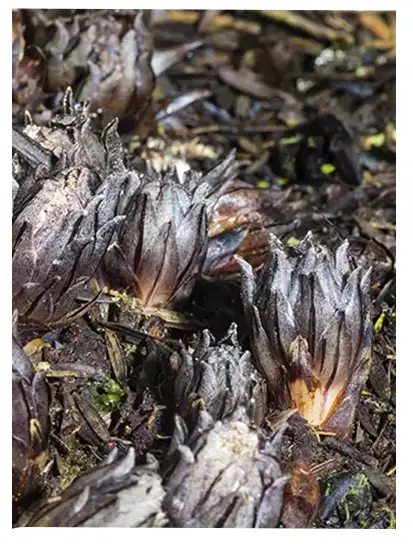
Dactylanthus taylorii / Pua o te reinga
Found: Damp forest from Northland to Wairarapa, including Hauraki
Status: At Risk – Declining
Dactylanthus is an unusual plant – Aotearoa’s only indigenous fully parasitic flowering plant. It attaches to host tree roots, forming a unique fluted wooden rose.
Primarily pollinated by the native short-tailed bat, its nectar attracts native insects, geckos, and birds. It is threatened by the browsing of possums, rats and pigs.
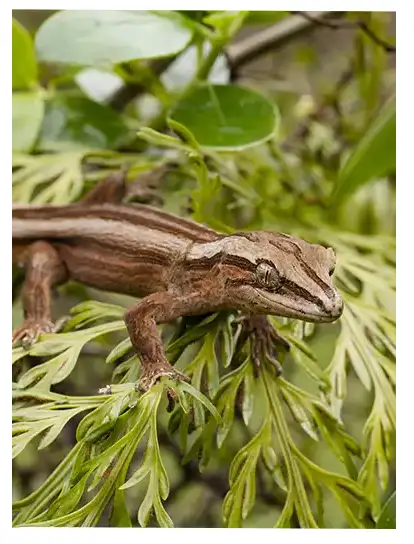
Coromandel striped gecko
Found: Dense forest in Coromandel
Conservation Status: Threatened – Nationally vulnerable
The Coromandel Striped Gecko is a rare nocturnal gecko only found in the Coromandel. Grows up to 85mm with distinct stripes running down the length of its body.
Preyed on by rats, cats, stoats, and pigs. Initially considered extremely rare, monitoring efforts have shown they can become common in heavily protected areas.
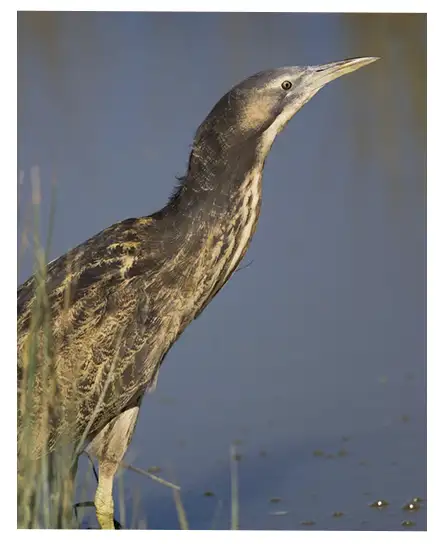
Australasian bittern / Matuku-hūrepo
Found: In wetlands in the North Island, Coromandel, West Coast of South Island
Status: Threatened – Nationally critical
Australasian bittern/matuku-hūrepo are highly secretive birds. Males have a distinct booming call. Mottled brown feathers help bittern blend into their wetland habitat.
They hunt by sight, feeding on eels and fish. With less than 800 birds left in Aotearoa, matuku-hūrepo are threatened by introduced predators, polluted waterways and habitat loss.

Hector’s dolphin
Found: In the South Island; sightings in Thames/Coromandel, Hawke’s Bay
Status: Nationally vulnerable
Hector’s dolphins are one of the world’s smallest dolphins, with a unique round dorsal fin. Many dolphins communicate with whistles, but Hector’s dolphins use short, high-pitched clicks.
They also use vision and touch, slapping their tails on the water or leaping into the air.
They face threats from bycatch in fishing nets, pollution, and disease.
You can protect native species:
- Learn more about native species: visit www.doc.govt.nz/nature
- Record sightings: upload photo observations of rare species to iNaturalist.nz
Join a conservation group: volunteer your time or skills to protect native species
Follow DOC Hauraki-Coromandel on Facebook here.
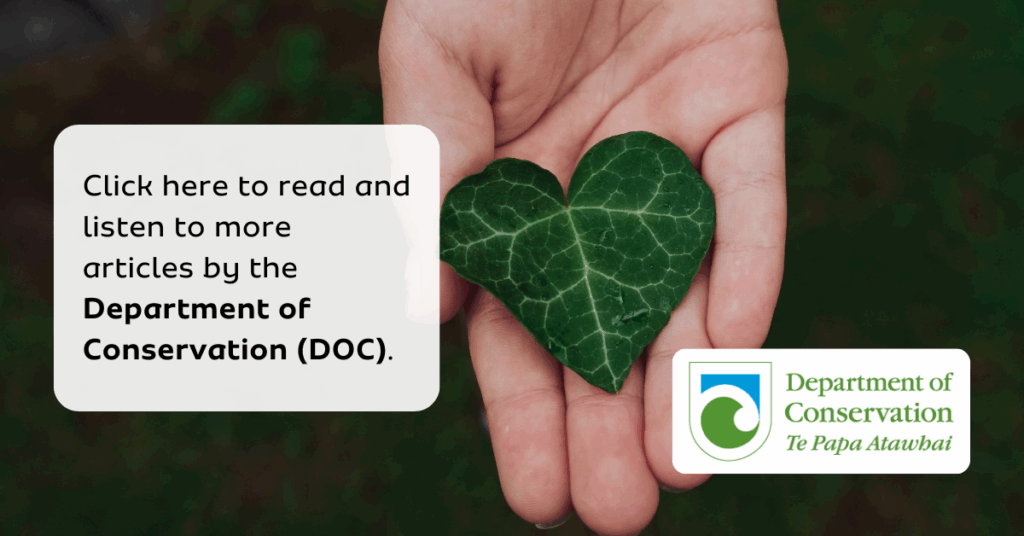
Coromind: Coromandel’s Collaborative Magazine

Help us take Coromind Magazine to new heights by becoming a member. Click here
Change the Weather for Your Business: Advertise with Us.
Advertise your business in the whole Hauraki Coromandel in the coolest Coromandel Art Magazine, from Waihi Beach/Paeroa /Thames up to the Great Barrier Island.
Advertise Smarter, Not Harder: Get in Touch




